Next-Gen VR Headsets Releasing Soon That We Cant Wait To See!
We thought, It’s a new year, and what better way to celebrate than to escape into the virtual world, amirite?
With Superhot VR shutting down 2019 with $2m in sales in one week, and news that Half Life: Alyx will launch in May, we’re ready to test drive the most exciting VR headsets hitting the market right now.
The VR headsets we’ve had our eye on might cater to different corners of the VR market, but they’ve got one thing in common: a totally immersive experience for our users.
Oculus and VIVE are VR hardware companies that each have two new VR headsets releasing very soon. The competitors both have a standalone headset and PC VR headset designed for consumer and professional use.
Best Overall: XBox VR
Release Due- Autumn 2020
Microsoft has been collaborating with Valve and HP to bring you the ultimate VR experience shortly. While Microsoft has historically not dedicated much of its time to developing VR, they’ve seen a recent uptick in competition with Sony.
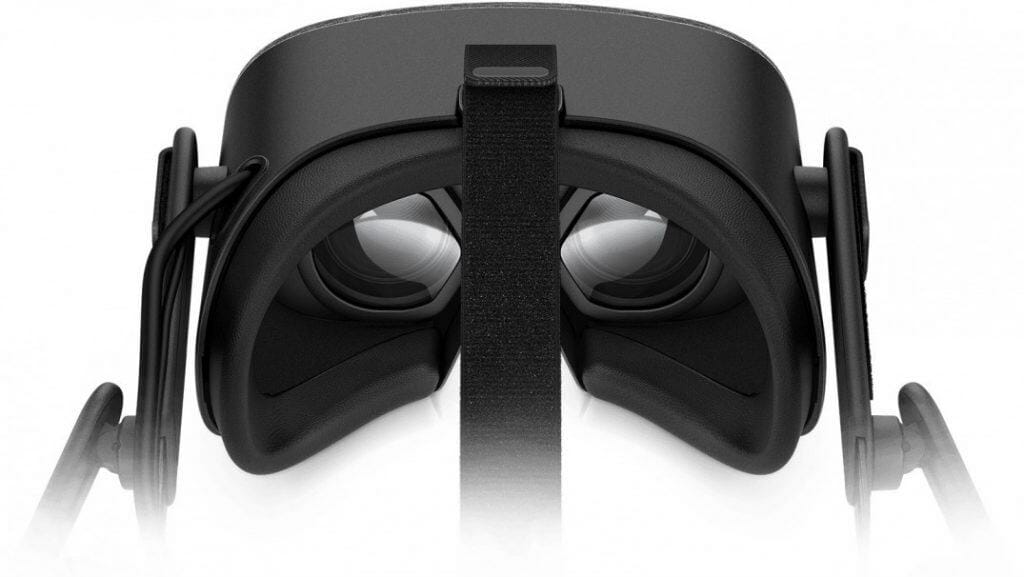
The latter has already put themselves ahead of the game with their PSVR. Valve is a valuable ally in VR development, though, as their game Half-Life: Alyx broke ground with its revolutionary incorporation of VR technology. Like Sony, though, Microsoft has not made any formal announcements regarding the release of its pioneering VR headset, but that doesn’t mean we can’t talk about the exciting features it could potentially have.
So, what’s in store for the Xbox Series X VR headset?
For starters, HP claims this headset will provide “a more immersive, comfortable, and compatible experience than the previous generation,” and vows to set a new standard of VR technology.
While no official specs have been released yet, fans speculate that it could be very close to HP’s successful Reverb headset, which boasts 2160x2160 resolution per eye. That’s an essential element upon which to build the next incarnation of their VR headsets.
However, some gamers think that the next generation of the Reverb will be more geared toward professional players than enthusiasts. Why? Their best-selling headset to date, the Index, is not only priced for pro gamers but includes state-of-the-art motion tracking technology, near-ear sound technology, and impressive visual experience with up to 50% higher LCD subpixels.
If the Index is any indicator of what this new Xbox VR headset will be like, it will likely be a groundbreaking innovation in both gaming and VR technology. If you’re chomping at the bit for more information, you can sign up for updates about this upcoming VR headset on HP’s website.
Still High Value Lookout: Valve Index
Taking out the top spot with a wide field of view and hyper-crisp display.
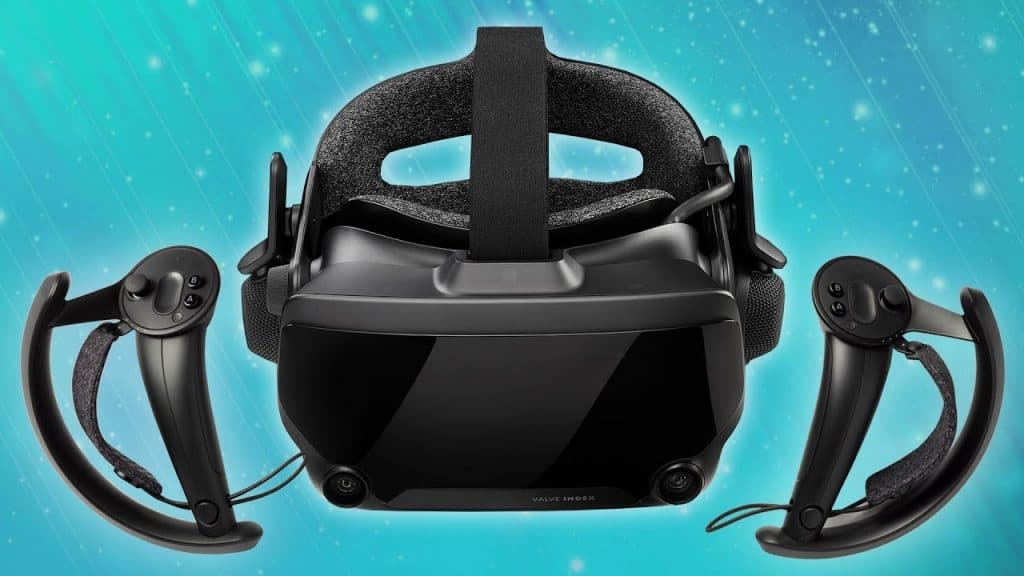
When we heard the Valve Index was gunning for the top spot amongst VR headsets in 2020, we were kind of underwhelmed. After the Vive Pro failed to deliver on its wide-scale VR, we weren’t expecting much.
But the test drive was surprising, and the dedicated enthusiasts in the community are equally convinced that the Valve Index is the headset of 2020. The ultra-crisp display runs smoothly—even when tested on an older GPU—and the field of vision is the widest we’ve seen in tests this year. The Valve Index rounds out its campaign with an improved refresh rate, and super-responsive ‘knuckle’ control. The quirky controller allows the headset to track every movement in your fingers.
It’s not without its faults, though. Running updates proved to be a little clunky and caused connectivity issues several times. Set up wasn’t as streamlined as we’d be expecting in a top range model, either. Overall, these were pretty minor issues for a headset that delivers excellent screen resolution, a solid refresh rate, and allowed us to put in some pretty comfortable hours in the virtual world.
This is likely to be a go-to headset amongst the non-mobile gaming set, and easily the hardware we’ll be reaching for around the house. If you’re running a solid GPU system, and have the cash to splash, the Valve Index is easily our top recommendation for VR headset of 2020.
Pros
- Ultra-responsive
- Widest field of view
- Crisp display
- Comfortable wear
Cons
- For hard-core GPU systems only
- Pricey
Best for Gamers: PlayStation 5 VR
Release due Autumn 2020:
PSVR has made waves the best-selling VR headset of all time, mainly due to the highly-acclaimed Half-Life: Alyx. However, its cheap price nods to subpar hardware: a 120 Hz refresh rate, 1920x1080 resolution, and split between two eyes make for a relatively underwhelming VR experience.
Patrick O’Luanaigh, CEO of VR developer Ndreams, agrees that Sony’s VR technology is dated, stating, “If VR is going to continue beyond the next year or two, they need to update their hardware. Because it is dated, and it will be even more dated by then. I’d be very surprised if they didn’t continue to support VR.” Rest assured, though, that Sony is cooking up something even better to step up their VR headset game.
O’Luanaigh predicts that Sony’s next VR headset likely won’t be released in tandem with the PlayStation 5, but as a mid-gen upgrade that might not appear for a few years. As of right now, Sony has made no confirmations about PSVR 2’s release date. In the meantime, let’s talk about some of the exciting updates the headset will have.
There are plenty of rumors swirling around the specs of Sony’s second generation of PSVR. First, the headset will strap around your head, giving you the ultimate freedom of mobility that will only enhance your gaming experience. Furthermore, cameras will abound on the next incarnation of PSVR: with rear-view cameras and cameras on the controllers, allowing for a more comprehensive AR experience. These cameras will allow you to bring the game right into your living room, as they track your motion from all 360 degrees. Your living room can quickly transform into a battlefield or a canvas on which you can paint, making for a blend of the real and the virtual. Screens in the eyepieces will also project 3D images right into your retina and allow you to observe all of your surroundings in VR.
Previous release: Playstation VR
The sleek headset and reliable game library make this the console winner.
We’re suckers for the behemoth VR hit that is Eve: Valkyrie. With Sony being the exclusive owner of Star Wars Battlefront: Rogue One X-Wing Mission, and Batman: Arkham VR, it makes sense for console loyalists to check Sony’s VR headset offering out.
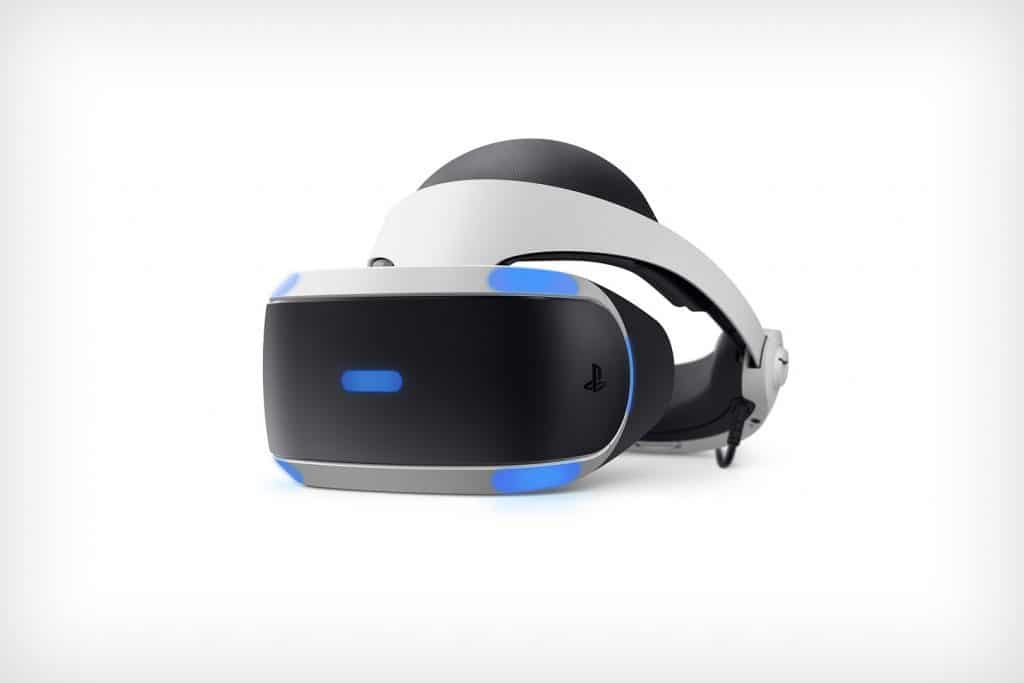
So check it out, we did. The headset, from a design point of view, is easy to wear and well designed. Set up was simple and straight forward, and we had to give props to the intuitive controls and responsive tracking of the PlayStation VR. Publisher support was solid, too.
The refresh rate on the PS headset was only slightly lower than our overall winner—the Valve Index—at 120-hertz, although we lose some lens resolution when we compare the PS offering to those of Ocular.
Affordability shines where resolution drops the PS VR down in the rankings. You can get a PS4 console and this high-end headset for less than the price of our overall winner. The headset also lets you switch to a Cinematic mode, if you’re done with gaming (hush your mouth) and ready to put in some theater time.
Overall, the PlayStation VR is a worthy opponent for our other Best in Category VR headsets, and one of the most affordable on our list. I mean, except for the next one.
Pros
- Stylish, sleek headset
- Stellar library from a reputable brand
- Easy setup
- Reasonably priced
Cons
- Some visual bleed
- Requires a lot of peripherals for an immersive experience
Best on a Budget: Oculus Go (Released)
The most bang for your buck without sacrificing performance.
We’re just going to say it: the Oculus Go is under-priced. Get it now, before Oculus realizes this, and the Go gets pushed into the obscurity of pretty good performance at a high-end price tag.
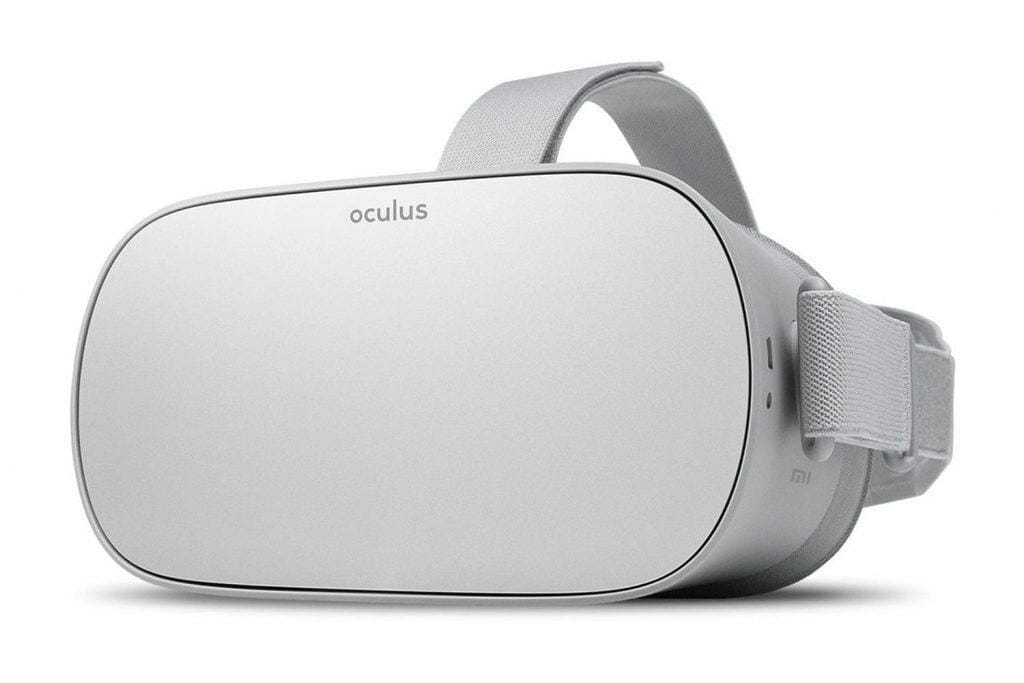
To start, we’ve got total wireless functionality. Visuals are clear, resolution is solid, colors are balanced. The Go also gives us a better display than some of Oculus’ highest performers: 1280 x 1440 per eye, compared to 1080 x 1200 per eye with the Oculus Rift. The Oculus Go comes with some pretty cool games and apps, with a strong library of social games available. This takes us to where the Go shines.
If we’re going to thank Facebook for something, it’ll be its integration into the Oculus Go and the laser focus on entertainment and social VR. Oculus offers a Rooms feature that lets you create your own virtual home. Invite friends over without physically inviting friends over, watch Netflix, and share seamless videos.
If you’re already a VR afficionado, you might notice the one major blind spot of the Oculus Go: lack of freedom. The headset lacks room-tracking functionality, which might be a deal-breaker if you’re used to fully integrated room tracking capability. Fortunately, what the Go lacks in motion range, it makes up for with its visuals.
Pros
- Wireless
- Solid app ; game library
- Strong social focus
- Clean design
- Excellent visuals and low bleed
Cons
- No room-tracking functionality
- Pretty reliant on smartphone support
Oculus Quest (Worth A Mention!)
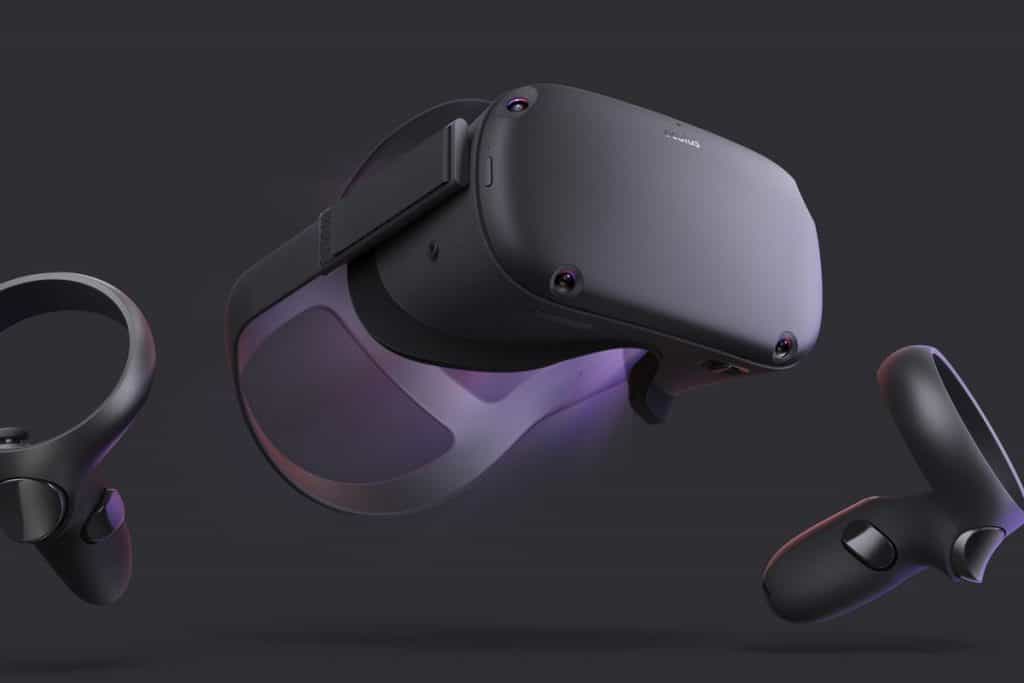
New Release due 2021
Facebook-owned Oculus is hard at work on their next installment of VR headsets. However, delays in product development and the global supply chain as a result of COVID-19 have pushed back its release date indefinitely.
This delay has not stopped Facebook from testing the massively popular Oculus Quest’s potential predecessors. A few of the testing models are reported to be smaller, lighter, and a quicker image refresh rate to provide a more realistic and immersive VR experience.
A smaller and lighter Oculus Quest means more extended playtime for its users, as the previous model weighed 1.25 pounds and reportedly gave its users head and neck aches after long-term use. Models in testing weigh closer to 1 lb., which will undoubtedly take a load off of users--literally.
Furthermore, Facebook is experimenting with removing the fabric on the sides of the new Oculus Quest and replacing it with plastic, making it more like their popular Oculus Rift S. There’s also talk of replacing the current model’s velcro head strap with something more elastic, making it easier for users to pop on and off.
However, the production delays mentioned earlier point to a 2021 release date. In response, Oculus is taking advantage of this unexpected “downtime” by developing an AR headset as well. However, Oculus can only continue to work on software and app development for this headset, as production has been indefinitely halted for this model as well.
Previous Release : Released in Spring 2019 and cost around $399.
Oculus Rift headset owners have been dreaming about jumping into The Rift without a wire for some time now. The wire-free standalone headset doesn’t require a laptop or computer to run VR gamesand experiences. As an all-in-one, anyone can set it up and get it going right out of the box. What users get is 1600x1440 per eye OLED display resolution and 64 GB of storage.
The Oculus Quest comes with two redesigned Touch Controllers. They have grip buttons, trigger buttons, A/B and X/Y buttons, and joysticks. With no outside sensors, the 6DoF and four inside-out sensor tracking coordinate dancing and diverse movements beyond room scale.
Game time with Superhot, Dead and Buried II, Dance Central and over 50 titles at launch is exciting. The built-in audio is sure to make music in dance and rhythm games more like a party and enemies in your periphery like they’re in the living room with you.
Pros
- Flexible, wireless VR
- Wired connection for PC
- Almost plug-and-play
- Solid library of games and apps
- Cool developments on the horizon
Cons
- Developments still a little unstable
Whilst Quest didn’t make our list last year because the refresh rate is lower than our top 4 headsets—at 72-hertz—we don’t notice any significant lag. The other reason we aren’t waiting for the Oculus Quest this year is that, although Oculus is working on some interesting new hand-tracking functionality, it’s just not there yet. Word on the street is: beta testing has been finicky so far.
Having said that, the Quest was our winner in 2019, and no doubt it’s going to be a high performer for VR fans in 2020-21, too.
Oculus Rift S (Released)
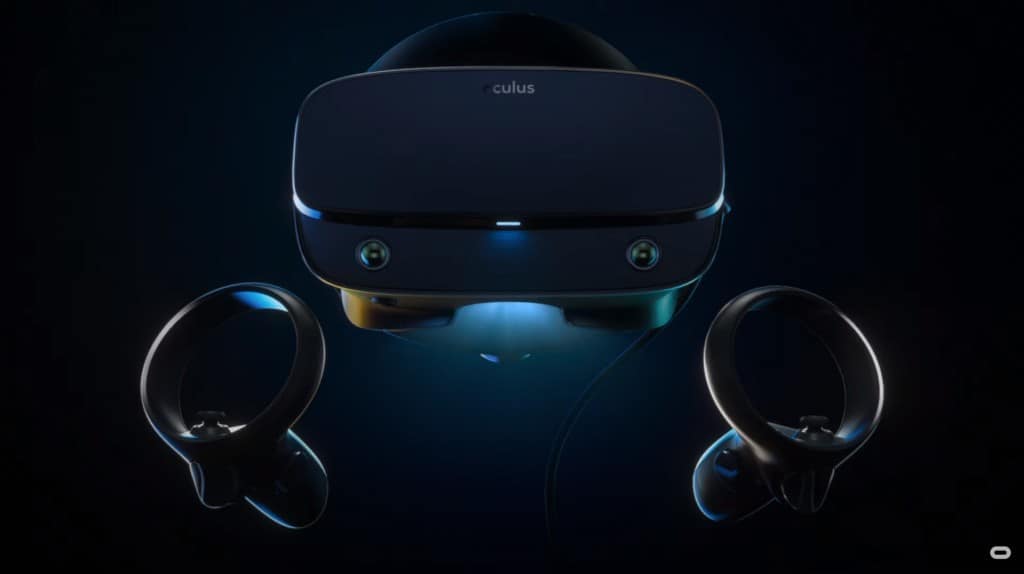
Released in Spring 2019 and priced around $399.
The Oculus Rift S is the next generation PC VR headset following the Oculus Rift. Those who wondered when Oculus’ next high-end headset would be released can stop holding their breath. What users with compatible laptops or computers will get are a VR headset that’s optimal for gaming, live streaming, and higher quality experiences overall.
Gone are the days of extra USB adapters and wires for sensors, the Oculus Rift S has inside-out tracking. It’s five sensors will track body movements and Touch Controllers throughout a play space. No more being locked into forward facing games and experiences unless that’s what they’re designed for. It will also have Passthrough+ to see what’s going on outside the headset.
The 1280 x 1440 LCD display resolution per eye is a bit lower quality than the Oculus Quest, but at least there’ll be more games. Gamers and those just starting VR gaming will have titles like Asgard’s Wrath and Stormland to look forward to. Oculus took note of users desires for an easier to put on halo headset design and fit wheel with better cushioning for the face.
Pros
- Light (< 1 lb.) headset
- Room-tracking
- Strong library of games
- Intuitive interface
- Touch Controllers
- Reasonably priced
Cons
- Requires a PC
- Very similar to the Rift
VIVE Focus Plus (Released)
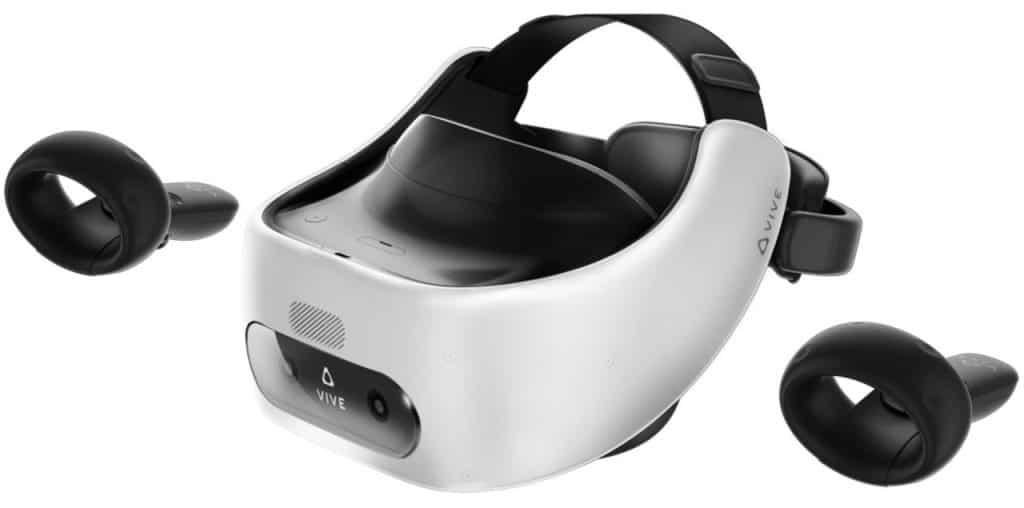
Released on April 15th at $799.
The VIVE Focus Plus is a standalone VR headset pivoted towards business and professional use. Its wireless design makes it portable so users can move from office to board room or expo floor when needed. It has inside out tracking with 6DoF movement so digital illustrations, plans, and designs capture diverse movements and in detail.
The pair of VIVE Focus Plus controllers match the headset with six-degrees of freedom to click, swipe, use virtual tools and play games with it. The controllers have a trackpad, trigger buttons, grip buttons, and buttons for menu and VIVE selections. Kiosk Mode, Gaze Support, and multiple headset monitoring make it a headset that’s suited for team use or group gameplay.
It comes with a 2880x1600 and AMOLED display, which is excellent for seeing virtual worlds in 360. Interacting with training simulations will be as close to real as it can get. The Focus Plus also makes creating or playing new games and experiences from the VIVE WAVE Platform higher in visual quality than most mobile headsets.
VIVE Cosmos (Released)
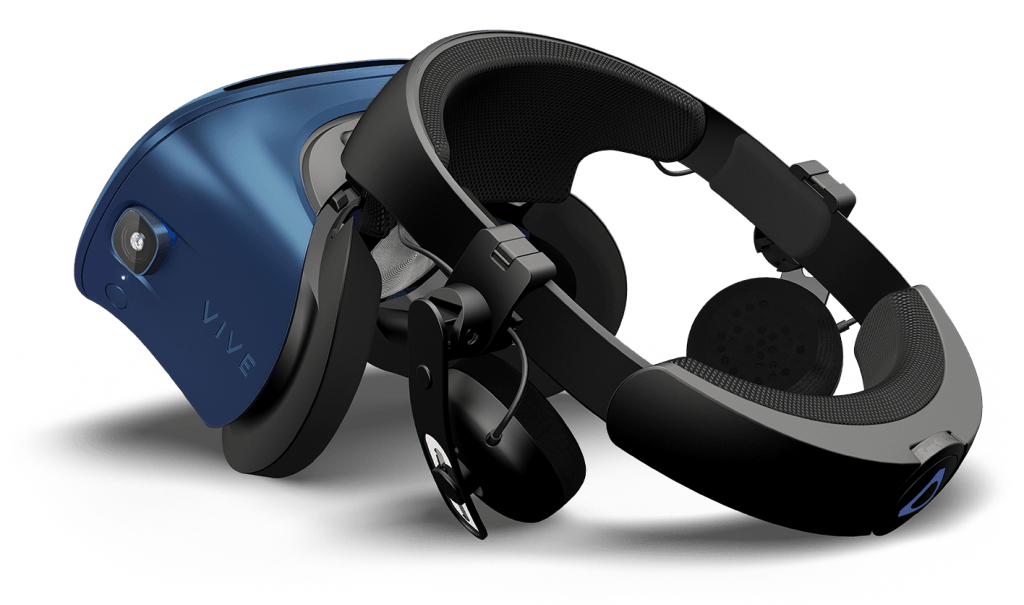
Release date and price aren’t known yet.
With no outside sensors to line up, the VIVE Cosmos is a PC VR headset that’s used with a high powered gaming computer. Although mum’s the word about its release date and price, it’s said to be worth the wait for consumers.
With two cameras on the headset and no outside tracking system, the set up should be smoother for those who aren’t great with new tech. For a PC VR headset, VIVE Cosmos is making the next generation easier to plug and play. There were rumors that it might connect to mobile devices. Turned out actually well.
VIVE says that the top-secret headset has RGB displays for crisper quality images and the headset and controller pairing allow for 6DoF movement. Instead of a trackpad-based controller system, the new controllers are redesigned to add joysticks and buttons.
The display can open upwards like a visor so taking breaks and handing it over to friends and family will be easier than other headset strap systems. The headset also has a crown design that rests ergonomically on the head for extended gameplay sessions.
The original VIVE and the VIVE Pro had the VIVEPORT platform to play games from, and when VIVE Cosmos is out, they’ll have VIVEPORT Infinity. Their new monthly subscription platform allows users to play apps, games, and experiences to their heart’s content.



1 comment
Nice article but you forgot (to me), the most important stat and that’s FOV.
Limited FOV (Field Of View) is like driving while looking through binoculars(minus magnification).
Anything under 120 degrees isn’t even worth considering.
I’ll wait for Samsung’s next gen headset as it’s reported to be about 170 degrees.
Comments are closed.